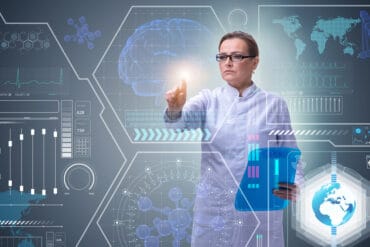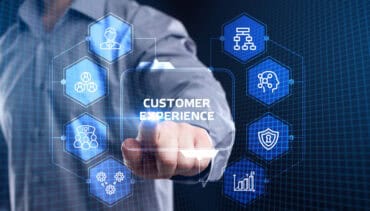
Gartner forecasts major GenAI developments in domain-specific models, synthetic data, and sustainability.
Generative AI (GenAI) technologies are set to experience significant advancements over the next few years. With rapid investments from large tech companies and research labs, GenAI continues to thrive even amidst a general slowdown in venture capital funding. Gartner has outlined key predictions for the evolution of GenAI, focusing on domain-specific models, synthetic data, and sustainable practices.
Rise of Domain-Specific Models
By 2027, over 50% of GenAI models used by enterprises will be tailored to specific industries or business functions, a sharp increase from just 1% in 2023. General-purpose models, while versatile, do not meet the rising demand for specialized applications across various sectors. Domain-specific models, which are smaller and less computationally demanding, also reduce the risk of inaccuracies associated with general models. Organizations should prepare to manage multiple domain-specific models, opting for off-the-shelf solutions that can be customized to fit their needs.
See also: Deriving Layers of Value from GenAI Applications
Synthetic Data Utilization
Gartner predicts that by 2026, 75% of businesses will leverage GenAI to generate synthetic customer data, up from less than 5% in 2023. Synthetic data, artificially generated, is particularly valuable in contexts where real data is scarce, expensive, or restricted by privacy regulations. It allows organizations to simulate environments and innovate new products, especially within highly regulated industries. Businesses should prioritize using synthetic data in areas that drive growth, such as customer segmentation and the development of digital experiences.
See also: 10 Executives on Why and How GenAI is Here to Stay
Sustainable GenAI Practices
By 2028, 30% of GenAI implementations will be optimized for energy efficiency, driven by growing sustainability initiatives. GenAI’s environmental impact has become a critical issue, prompting businesses to minimize the resources required for AI training and development. Companies will adopt renewable energy solutions and optimize their infrastructure to reduce GenAI’s ecological footprint. Businesses should diversify their energy suppliers and utilize high-quality renewable resources during AI training to manage costs and further sustainability goals.
As generative AI continues to integrate into various business applications, staying informed about these trends is crucial for IT leaders. The shift towards domain-specific models, the strategic use of synthetic data, and the push for sustainable AI practices will shape the future of GenAI. Organizations proactively adapting to these changes will be better positioned to leverage AI for competitive advantage and sustainable growth.






























